10+ SAMPLE Website Client Proposal
-
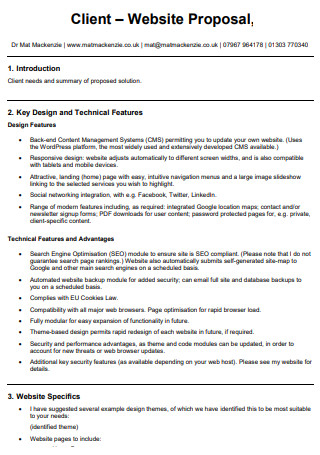
Website Client Proposal
download now -

Website Development Client Proposal
download now -
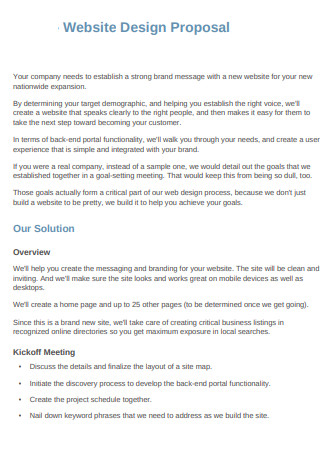
Website Design Client Proposal
download now -
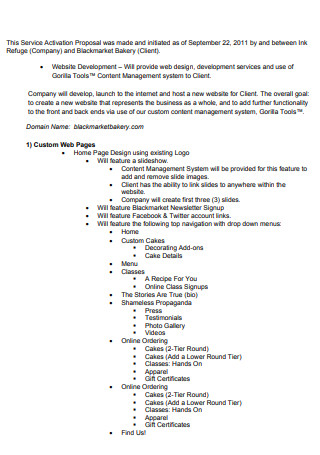
Website Branding Client Proposal
download now -
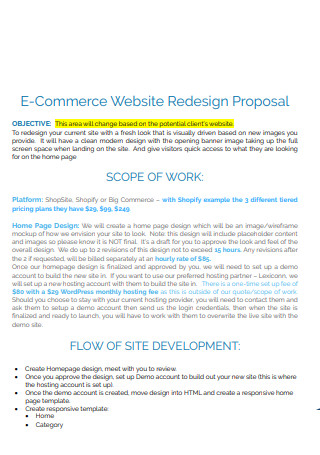
E-Commerce Website Client Proposal
download now -
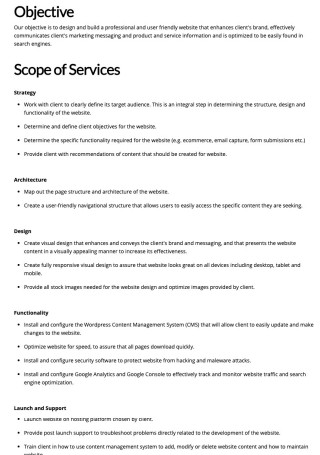
Sample Website Client Proposal
download now -
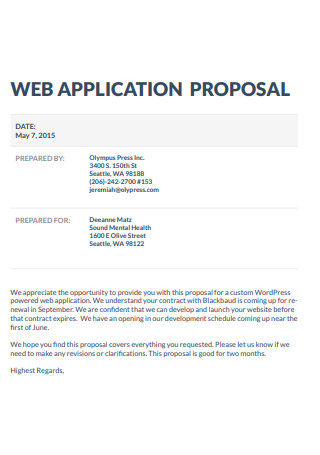
Web Application Client Proposal
download now -

Simple Website Client Proposal
download now -
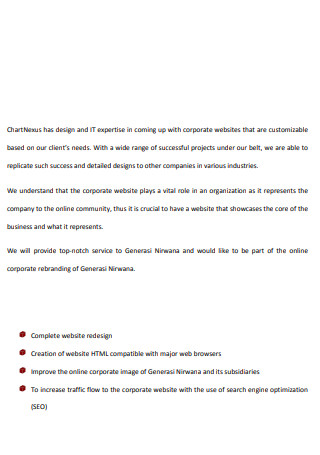
Corporate Website Client Proposal
download now -
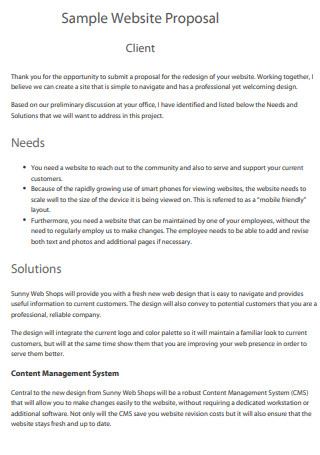
Formal Website Client Proposal
download now -
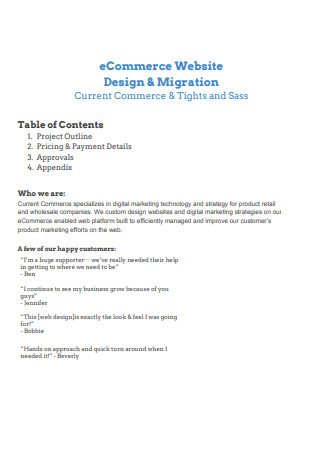
Website Migration Client Proposal
download now
FREE Website Client Proposal s to Download
10+ SAMPLE Website Client Proposal
What Is a Website Client Proposal?
Website Ideas For Beginners
Advantages of Responsive Web Design
How to Write a Website Client Proposal
FAQs
What is the importance of having a website?
What is website maintenance?
How much budget would be done on a website design?
What Is a Website Client Proposal?
A Website client proposal is a written document that assists web design and development companies offer their services to potential clients and customers. It contains information on the prospective client’s expectations, the web design company’s deliverables, and the expenses of the services. A website development document may be tricky to produce, so you should utilize the things you have available to you such as a web development proposal example along with proposal templates provided in this article. Not only that but if you continue reading, a guide is also available for you to easily follow.
Website Ideas For Beginners
According to Statista, there were 4.66 billion active internet users worldwide in January 2021, accounting for 59.5 percent of the global population. 92.6 percent of this total used mobile devices to access the internet. If you have a business and reached a point of considering opening up a website, then it is highly suggested that you should. Most often than not, people open websites to expand their business reach further than the common means of traditional advertising. If you are lost, however, then these ideas may give you things to think over.
Advantages of Responsive Web Design
There are numerous advantages to using responsive Web Design. It can have a good impact on your SEO, conversion rates, user experience, and a variety of other factors of your business that help you develop. The most important responsive web design features and benefits are listed below. Give this curated list a thorough read and perhaps you can use it to further convince your client of the importance of having a non-static website design.
How to Write a Website Client Proposal
Like most creatives, you may prefer to spend your time doing actual work than chasing down leads. However, if you don’t put in the effort to work on your ideas, you and your company will be in trouble. Mastering the craft of project proposals can be a make-or-break factor in landing design assignments. This guide will show you the sections that any website client proposal must contain in this article. Make sure to use the available templates provided for you so your website design proposal for a client is able to impress them.
-
1. Introducing Yourself
Clients should be able to grasp what they are getting into with project proposals, rather than being bombarded with information. The discussions you might have already had regarding the client’s demands should be lightly reflected in your introduction. The client’s name, project title, name and title of your point of contact, your name and title, company name if applicable, and the date the proposal is finalized are all items you should include.
-
2. Problem Overview
The client should read this section and see that they have an issue or an opportunity for their business that they are not taking advantage of. You have a thorough awareness of their issues and requirements. Understanding the core issues that your customer is dealing with can assist you in defining both your responsibilities and the scope of the project. This provides the client with a reason to trust you and your process. A noteworthy website client proposals focus on the client’s wants and requirements, making the prospect feel and believe that you can help them solve their difficulties.
-
3. Solution Overview
You should comprehend their dilemma and begin crafting a solution after spending time investigating the company’s history and speaking with Stakeholders. It is your obligation to demonstrate the financial advantages of your design company. You will position yourself as a vital role in driving their future commercial success if you use business terminology to illustrate design’s positive impact on their difficulties. Let your solution section present a deep dive into your expertise of their problem.
-
4. Deliverables
This is the section where you will detail exactly what you will deliver as part of the project. This is a crucial portion, but it’s more about what you are leaving out than what you are including. Scope creep is a prevalent problem in website design, especially when working with small companies that are relatively inexperienced, and it can only be avoided by outlining clear objectives and expectations. For example, you might agree to develop their website but then discover they lack a logo. Pose the query to your client about whether they want to incorporate that in your responsibilities as well.
-
5. Project Outline
These or equivalent sections should be included in your project outline such as the discovery and strategy, design and build, and site launch. Two or three paragraphs should be included in each part to clarify what you intend to perform throughout that phase. To match the needs of a project, sections can be omitted or updated. The purpose of the project overview is to inform your clients on what will happen at each step of the project and to assist them to comprehend what you will do.
-
6. Price Cost
It’s better to be aware of the limit than excessively spending it all. It’s not uncommon for a candidate to go into a bid with a specific number in mind. Discussing the prospect’s budget before drafting the proposal is a win-win situation for both of you. This discussion will aid them in generating a Budget for the project and will also inform you as to whether the project is financially viable for you before you invest the time and effort in developing a proposal.
FAQs
What is the importance of having a website?
A website is also crucial because it aids in the development of a company’s credibility. Positive word-of-mouth can help your business thrive if you provide outstanding service or a high-quality product. A website not only lends legitimacy to your company, but it also helps to create the idea that it is larger and more successful.
What is website maintenance?
Website Maintenance is the practice of checking to see if your website is healthy and functioning properly. It’s all about keeping up with security upgrades, introducing fresh content, encouraging traffic growth, and making sure your website visitors are happy. Website maintenance is essential for attracting and keeping customers, as well as improving your SEO and Google rankings.
How much budget would be done on a website design?
The cheapest option is to design a website yourself. The price tag might range from $500 to $3,500 or more. A simple bespoke website design from an agency can cost anywhere between $20,000 and $40,000, while larger and more complex websites can cost somewhere between $55,000 and $80,000 more. Make sure to clarify the budget before making a website development proposal to a client.
Clients are hard to come by when you have a lot of competition in the website designing industry. This is why securing a website proposal for a client is important because you don’t want them going to another company or if you work alone, then having a freelance proposal is better than not having one. But with the guide this article has provided you along with a template for a proposal document, you are able to focus less on the format and jump right into the content.
